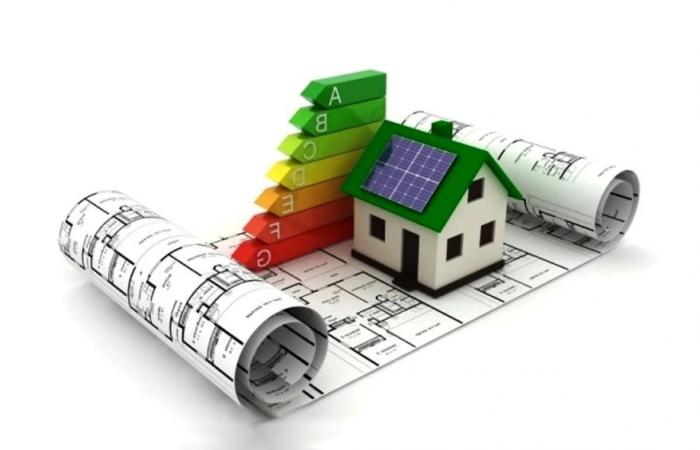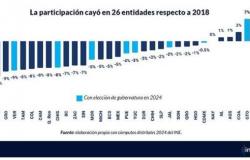Home energy efficiency labeling allows a house, condominium or apartment building to be classified according to the characteristics of kilowatt-hour consumption per square meter (KWh/m2) per year. Like the one designed for household appliances, this label also offers a gradation of seven consecutive letters, where TO represents the highest level of efficiency and gthe lowest level.
The label for houses and properties is valid for a maximum period of ten years. It is issued by a registered Energy Efficiency Certifier after evaluating an Energy Performance Index (IPE) that may change depending on the country and region, but which always includes the items Heating in winter, Cooling in summer, Lighting, Hot water for sanitary use.
The indicator allows you to quantify the energy performance of homes to determine their level of efficiency, then compare and rate them. Its promoters state that the label should appear in the transfer deeds of ownership, and that otherwise it would be appropriate to assume the qualification g.
The national State is responsible for setting the guidelines for the housing labeling system and enabling the necessary tools for its implementation at the federal level. With the collaboration of the Municipalities, the Provincial States are responsible for the institution, management and registration of labels in their respective jurisdictions.
The Argentine State ordered the initiation of steps leading to the design of a housing energy certification system in December 2007, when it launched the National Program for Rational and Efficient Use of Energy through Decree No. 140. In October 2019, Santa Fe became the first province to sanction its own law on energy efficiency labeling in properties intended for housing, the regulation of which was decreed two and a half years later.
Towards the end of 2019, IRAM published a new edition of standard 11,900, whose objective is the national unification of the energy evaluation and qualification criteria for homes for the application of public energy saving policies. For now, the application of this rule is not mandatory.
Between December 2019 and September 2020, the Environmental Protection Agency of the Government of the Autonomous City of Buenos Aires carried out the survey and labeling of 150 homes within the framework of the project “Mechanisms and Networks for the Transfer of Climate Change Technologies in Latin America and the Caribbean”, financed by the Global Environment Facility (GEF) and administered by the Inter-American Development Bank (IDB). These pilot tests had the support of the National Secretariat of Energy.
At the beginning of last year, the same Ministry of Energy created the National Housing Labeling Program through Resolution No. 5/2023. PRONEV aims to implement a valid labeling system for the entire national territory and designed based on the results provided by a computer application configured to upload and process data from analyzed houses and buildings.
In May of that same year, the Ministry of Energy created the National Registry of the National Housing Labeling Program to register interested jurisdictions. Since the publication of the corresponding Resolution, No. 418/2023, – in addition to Santa Fe – Entre Ríos, Córdoba, Catamarca, Salta, San Juan, La Pampa, Río Negro, Chubut and Santa Cruz were noted.
The reduction in the amount to pay for electricity service is among the advantages of living in a home with a label TO. In fact, these buildings, condominiums, houses usually have devices and smart meters that allow them to take care of energy consumption, and even with some renewable energy generator (solar panels for example) that covers their own energy demand and, when it produces a surplus , injects it into the public electrical distribution network.
The more homes incorporate meters, lights, smart devices and the more residential users are also microgenerators of renewable energy, the faster Argentina will move towards consolidating an energy efficiency labeling system for homes. The ENRE also travels this path, which, in February 2024, ordered the creation of a study committee and presented the guidelines for pilot projects to determine the feasibility and viability of the introduction of some intelligent metering system in the concession areas of EDENOR and EDESUR.
More about the National Home Labeling Program






